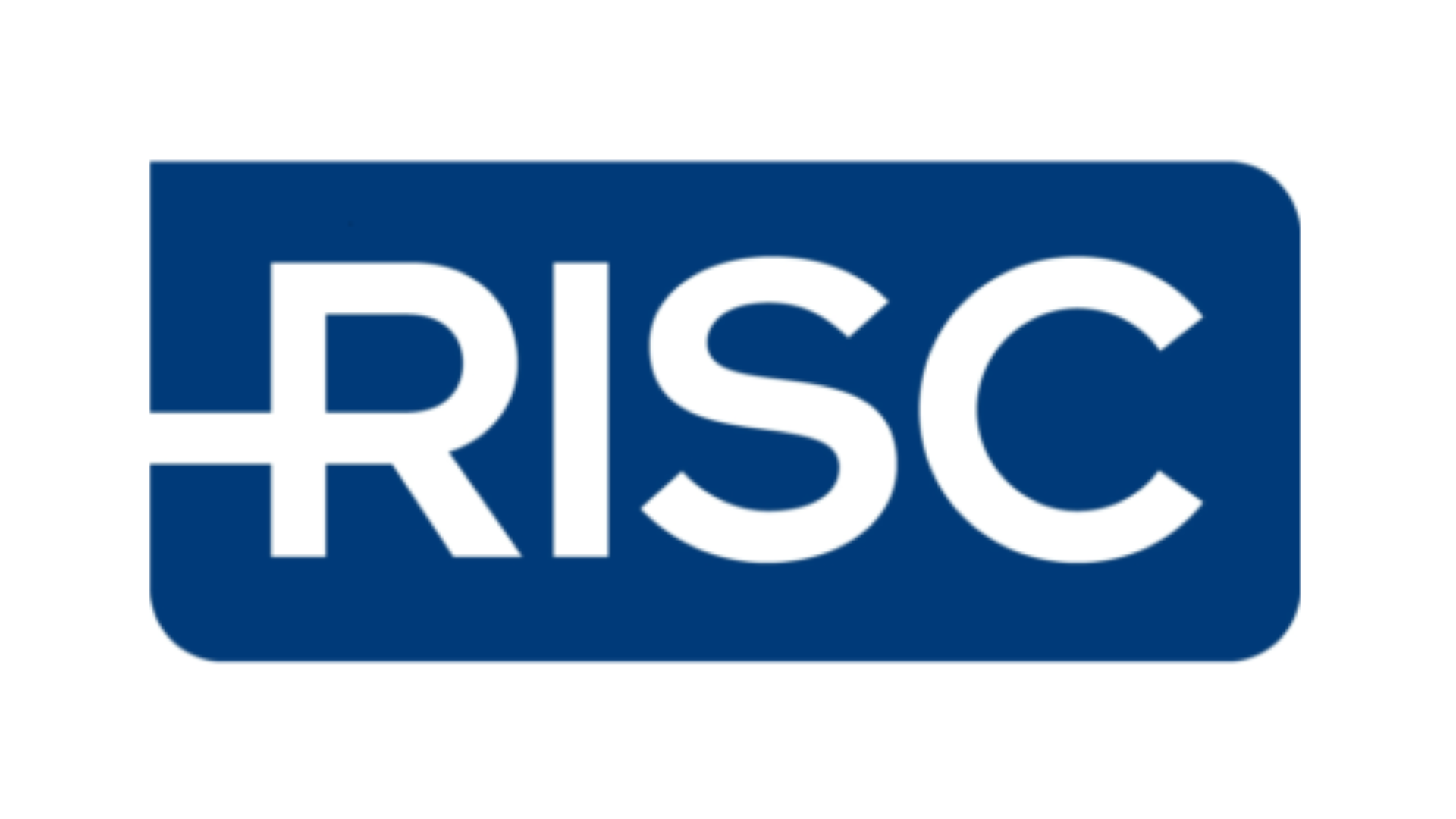
ADS Head of Innovation and Engineering Sameer Savani was recently part of a DIT-led UK ‘mission’ to the Uber Elevate Summit in Washington DC, with 25 other UK organisations. For our latest blog, he discusses the event and what he learnt:
While the event was essentially a promotion of Uber’s model for Urban Air Mobility (UAM), it raised several points that need to be considered by any similar developments around the world, including here in the UK. Aside from the commonly discussed technology and regulatory challenges (well versed by others), the top three takeaways for me personally were…
- An integrator that can operate at scale, join up and drive collaboration between the diverse elements of the overall UAM system to create an end-to-end service is vital
- Having the right quality and quantity of data across the UAM system is essential in the overall design of a system of systems that delivers ‘on-ground’ levels convenience with ‘in-air’ levels of safety, and integrates with other modes of mobility
- Public acceptance is crucial if UAM is to be viable at any scale, in any geography
Below is a summary of my takeaways from the event, having digested my notes and experiences for about a week. But first, some introductory points for those not familiar with Uber Elevate:
What is Uber Elevate?
Operating in 83 countries and over 855 cities worldwide, many will be familiar with Uber the ridesharing and food delivery app that also has e-bike and e-scooter sharing schemes.
Uber Elevate is Uber’s aerial division, and the company’s entry into the Urban Air Mobility domain, where it aims to build the future of aerial ridesharing – the “product” will be Uber Air. In short, Uber is aiming to bring together a number of “partners” from air vehicle developers to infrastructure designers to create an ecosystem within which its specific business model for UAM can scale.
Where are they planning to roll out?
Melbourne was announced at the Summit as the latest city to partner with Uber, joining Dallas and Los Angeles in becoming the first cities to offer Uber Air flights.
When will they start to offer services?
Uber’s goal of beginning demonstrator flights in 2020 and commercial operations in 2023, when they plan to give riders the option of an affordable shared flight. Uber Elevate was announced three years ago, but today the ride-hailing service is expanding into helicopter service, called Uber Copter, operated by HeliFlite. This service will start on 9 July 2019 in New York City, which can be booked through Uber’s app, to take passengers between Lower Manhattan and Kennedy International Airport
Who are their vehicle partners so far?
While initial Uber Air operations will begin with helicopter services, the business model only works long term and at scale with eVTOL aircraft, which will eventually replace conventional helicopters. Jaunt Air Mobility has been named at the Summit as a new eVTOL partner for Uber Air, joining Aurora Flight Sciences, Bell, EmbraerX, Karem Aircraft and Pipistrel Vertical Solutions. Looking at the aircraft offered by these six partners, it is clear that Uber are experimenting with a wide range of design types to learn about what will best work for UAM.
The Summit itself
The Summit was very much an ‘advert’ for the Uber business and operating model, something which it had previously outlined with the publication of its landmark White Paper in 2016. The conference itself added more insight about the way the service would operate and scale up, but little detail was provided throughout about the “how”.
Whether you believe Uber’s ambitious timescales are realistic, it is undeniable that Uber’s aggressive and overt pursuit of their vision is driving the global UAM agenda forward faster than it would have moved without Uber’s influence.
While Uber were cognisant of all the traditional challenges and barriers – technological, societal, regulatory, market – the conference focused on areas where Uber feels it has an advantage (operating and business model, convenience…).
Overall, though, I came away from the conference with three key takeaways:
- An integrator that can operate at scale, join up and drive collaboration between the diverse elements of the overall UAM system to create an end-to-end service is vital.
A company like Uber has the scale to coordinate (but ideally, integrate) a complex ecosystem of vehicles, vertiports, regulators, traffic management, local authorities, etc. This is no easy feat given the system of systems complexities involved. Uber have clearly driven a level of collaboration that simply would not occur naturally.
It is not easy to see alternative or counterpart players, but no doubt they will emerge in time (Lyft, Grab and Didi Chuxing already compete with Uber taxis in some places, for example). Uber have also established a really interesting risk sharing model with their ‘partners’ based on their envisaged business model, where certain significant risks (and presumably rewards) are pushed towards their suppliers.
For example, their vehicle partners will need to focus on certification of vehicles; their infrastructure partners will need to focus on planning permission and investment; etc. Despite the significant risks involved, substantial technical challenges and high barriers to entry, Uber partners readily “bid” to a part of their ecosystem, and so clearly buy into their vision and ambition.
- Having the right quality and quantity of data across the UAM system is essential.
Uber has some seriously big data to hand – 14 million Uber trips are completed each day, and over 10 billion trips have been completed worldwide. There are an estimated 75 million Uber passengers, who are served by a total of 3.9 million drivers. This gives Uber phenomenal power in understanding how people move (within their environment), and in designing an overall mobility system around that.
That data also gives Uber the ability to aggregate demand – a fundamental element in the ride-sharing Uber Air operating model. Where Uber’s data is perhaps lacking is in the multimodal domain. If I take the London example, any aerial mode will need to be an integral part of the transport network.
So while Uber Air’s data-driven model as it stands works well in their preferred geographies, for London (and other major European cities, perhaps), public transport data has to feature to drive a wider urban mobility solution, of which air is one component.
- Public acceptance is crucial if UAM is to be viable at any scale, in any geography.
Public Acceptance = Public Perception + Public Demand.
Eric Allison, Head of Uber Elevate, said at the Summit, “People will be demanding these vehicles in their communities, not opposing them.” However, there are clearly public acceptance issue to overcome including noise, safety, wider environmental impacts, etc.
Perhaps Dan Elwell, the FAA’s Acting Administrator, put it best at the conference when he said, “You see the ideal way of transporting people across cities. I see car-sized vehicles with multiple rotors hanging over families out walking their dogs”.
This highlights that there are significant public acceptance issues to overcome, and no clear leadership on who should lead the charge. Uber were clear that they needed to work with the much wider community to drive forward a public acceptance agenda – even they could not solve this on their own. Aside from safety, noise was an obvious consideration.
Uber’s session on noise was thought provoking and ambitious in terms of them seeking a revised definition around the annoyance caused by noise. Its possible this could drive a new set of noise standard that are more suited to the UAM sector, and I’ll be watching developments in this area keenly, with the hope that an update to Uber’s White Paper goes into more detail.
It was ironic and saddening that on the day before the Summit kicked off, 10 June, a helicopter crashed onto the roof of an office building in New York, killing the pilot, Tim McCormack. This, along with Dan Elwell’s comments (though he was encouraging the innovation), really did challenge the Summit’s strapline of “closer than you think” – a play on words that both made it clear how soon Uber felt UAM could come to market, as well as the outcome of reducing the time-distance between places, through urban aviation.
Down in the detail.
The heavy caveat here is that this was an Uber event, designed to promote Uber’s vision and version of urban air mobility – there are many other models out there. There were no questions taken during the conference sessions.
Responses to any questions I did get to ask to Uber executives in the margins of the Summit were largely repetitions of messages I already took away from the conference sessions. I was really interested in three areas of detail as outline below, although there are clearly many areas of importance that I hope others take the time to comment on.
I am personally still to be convinced that the Elevate model can achieve the scale required to make the pricing work, which is the basis for creating the demand needed to reach the economies of scale Uber and its partners aspire to – it’s a virtuous circle they need to create. “Aerial ride-sharing will a cheaper alternative to owning a car” was one assertion made early on at the Summit. But I would love it see it happen as Uber’s truly is a grand vision. There are many technical and non-technical barriers to overcome for Uber, three of which I highlight, below.
Regulations
The main problem I perceived was that Uber’s timescales (and indeed timescales of several global UAM programmes) seem too far ahead of the regulators’ own timelines for developing regulations in support of UAM, namely, using [eventually autonomous] eVTOLs in heavily populated urban areas. Many aviation regulators, including FAA, are seeking to speed up the typical 10 years or more that it takes to certify a new aircraft type. In a recent conversation with the CAA, they rightly pointed out that they have no intention of fast-tracking certification, but every intention of streamlining the process and adopting performance-based approaches to developing new safety rules or regulations – only where they are needed.
At Uber, the FAA emphasised that they intend to use existing Regulations wherever possible, but the real challenge is that UAM concepts require not just certification of platforms but of new types of propulsion systems, batteries (or fuel cells), electric machinery…and the list goes on. This is before Autonomy at the vehicle or traffic management levels has even been factored in.
Airlines at the Summit were quick point out that they have never competed on safety, and it would be a mistake for UAM developers and operators to try to do so – in contrast in some ways to the automotive industry. Alongside the glitz of the Summit, it was great to hear the more grounded messaging of this kind from the US side, which is so closely aligned to what we’re hearing in the UK.
While the scale of activity taking place in the US is without doubt larger than in the UK, I didn’t get the impression they were leaps and bounds ahead of the UK. With the right action taken here, the UK can respond quickly and become a market leader in UAM – we certainly have all of the key components. In the context of UAM, neither FAA or CAA (or other regulators) are beginning from a standing start – the proliferation of drones and their increasing commercial use cases means that the Regulators have been working on areas related to UAM well before Uber or others accelerated the UAM agenda.
The fledgling US UAM sector seems to me to have a significant advantage over others – NASA. NASA already has a strong partnership with the FAA with an enviable track record of generating data to underpin regulations in many areas; and this seems to be a model that will be carried over into the UAM sector. That data from federally funded research tends to be made openly available to companies, and NASA has already announced a number of grand challenges that were alluded to during the Summit.
The FAA are certainly up for the challenge through this partnership, with Dan Elwell of the FAA endorsing, “You guys make aerospace cool again”. While the UK CAA is definitely taking steps in the right direction through its new Innovation Hub, as with most things this side of the pond, the US’s activity is at a significantly larger scale. I will be interested to see what can be shared more widely from the CAA’s innovation activities, and what is tied up in commercial arrangement.
Nevertheless, it was heartening to see the similarity of the US approach in addressing the airworthiness of UAM vehicle design as well as key safety and integration considerations, to the CAA’s Regulatory Lab and Sandbox objectives. We’re at the very start of this journey and so while there’s no way it will take a decade to certify an eVTOL, I can’t see how it will be just a couple of years either. A better indication might come once EASA publishes its final VTOL special condition later this year, which itself aims to be performance-based.
Infrastructure.
New proposals and designs were revealed by Uber’s infrastructure/architect partners. Infrastructure around UAM is probably the biggest ‘bottleneck’, and perhaps has even longer lead times than the air vehicles themselves.
Again, the emphasis at the Summit was on the vision and “what” rather than the “how” – if the planning regime in the other countries is anything like it is in the UK, the time and effort going into UAM infrastructure development has been severely underestimated. Certainly, from a UK perspective, I can’t see Uber’s vertiports working unless they are fully integrated with other modes of transport – with the Tube in London, for example. The model of sending people down tall buildings only to get into cars does little to alleviate congestion.
I was trying to do some back-of-the-packet calculations on the proposed throughput of the concept vertiports (or skyports, as Uber is calling them), and the ultimate scale of movements Uber is aiming for, and I must admit, the numbers didn’t seem to add up for me.
The slides from the event aren’t available and I understand may not become available, but I’ll go back and check the numbers again – in short, it seemed to take a lot of vertiports to make this work at the scale proposed, which again comes back to planning challenges around converting exiting buildings and developing new ones to accommodate vertiports.
If I was an optimist, I can see why Uber need exclusivity over their vertiports simply to get the number of take offs and landings they need. If I was a cynic, I would be worried at how they are trying to monopolise urban aviation in areas in which it operates.
Vertiports will need fast charging capability. The throughput rate means that the vehicles are expected to charge for less than 7 minutes during 3-hour sprint windows and less than 15 minutes otherwise. There is a potential dichotomy here of needing a high-volume throughput to make the economic case for UAM, against the ability to get required levels of power to rooftops.
Technology
While there are many technology challenges for UAM and eVTOLS, the above energy infrastructure comments segue neatly into batteries. This was an area that was only touched upon at the Summit.
It is evident that there are significant challenges recognised by Uber around finding suitable batteries to fit their operating model and flight missions (cycling, charge/discharge rates, etc). What was less clear is whether Uber will invest in battery capability to drive the market or continue to lay out their demands on battery performance and expect industry to step up.
Given the power densities, c-rates, fast charge requirements, etc needed from batteries powering eVTOLS, it is clear that automotive batteries are not directly transferrable into such applications. To oversimplify, cost is a major driver for automotive, and weight less so. Weight is key for aerospace and so gravimetric power density is a key parameter, whereas cost is less of a driver. There may well be technology transfer opportunities between the sectors, such as battery management systems, cooling and recycling.
In short, the battery that Uber really needs does not exist yet – the job is to travel up to at least 60 miles on a single charge, with a cruise speed of 150 mph. Uber is however fully aware of the battery challenges beyond just power and capacity.
For example, the faster charging required is possible, but results in damage to the battery, or limit its lifespan – battery swapping is still considered too expensive and complex. While the market awaits suitable batteries, Uber has a number of tracks it is exploring in the meantime. In addition, aviation requirements are not designed for distributed electric propulsion systems, and so Uber is using advanced battery management algorithms to cycle batteries in different ways, coupled with having skyports that are typically only five or ten minutes from the next one, thus pushing for fuel reserve rules to be adapted to fit the proposed vehicles’ battery performance. So current battery technology may well be able to achieve the mission, but challenges remain.
In summary…
The Uber Elevate Summit was a great event all round, but the real value add was the networking opportunities – both at the Summit and those additional opportunities arranged by DIT. In technical terms, I didn’t learn a substantial amount – aside from affirming my view that ‘visionary leadership’ is needed to develop something of this nature. It was also clear that the UK is very capable across all the lines of UAM development in terms of capability, but unless we move fast, others will soon be too far ahead for us to catch up.
I fully appreciate that this was Uber’s stage to set the tone and messaging, and while that tone and visioneering was inspiring, the Summit didn’t shift my views on how realisable their goals are or not. It did however, add further insight into the barriers that Uber (and others in the UAM sector) will have to overcome to bring this to market, and I am confident that they have the vast majority of those in their sights – short of having viable solutions across all of them.
If Uber’s strapline for Uber Air is “closer than you think”, my response would be “not as close as we’d hoped”. That’s just a reflection of the shear complexity of the challenge and not Uber’s weakness – they should be duly applauded for raising the bar in terms of vision, accelerating the pace of development, and increasing the global profile of UAM.
The inaugural Global Urban Air Summit will be taking place 3-4 September 2019 at the Farnborough International Exhibition and Conference Centre. Help shape the development of urban air transportation.





